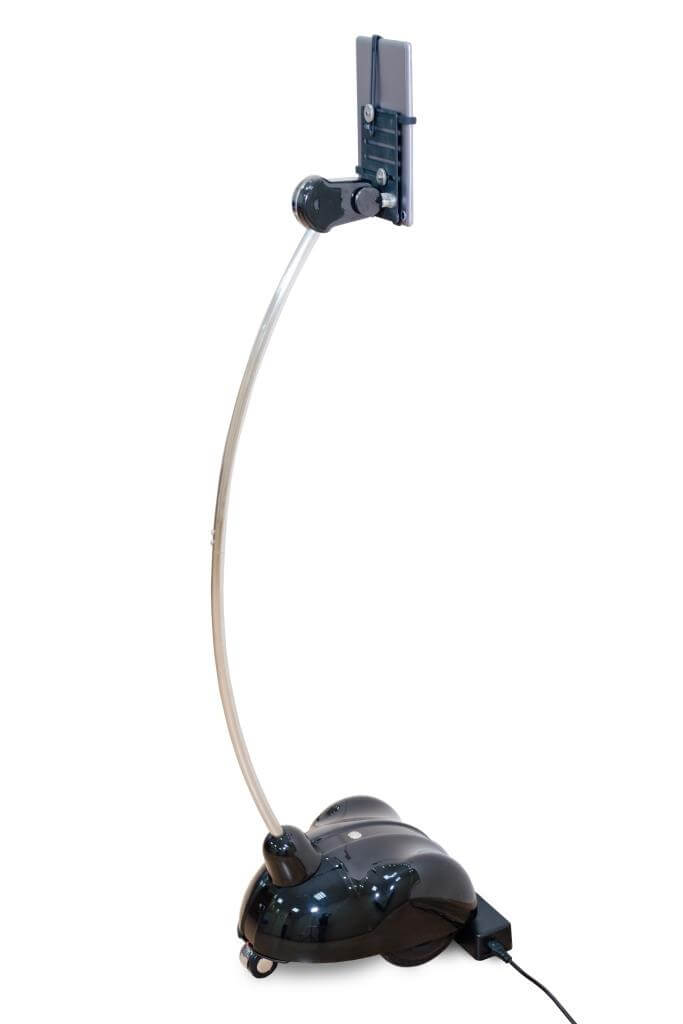The Future Unveiled: Telepresence Robot Redefining Distant Interplay
With the constantly evolving world of technology, a singular innovation stands out as a testament to human ingenuity and the ever-expanding horizons of connectivity – the robotic telepresence. The telepresence robot is a remarkable invention that combines the worlds of robotics and communication, allowing individuals to cross physical barriers and even be in remote regions as if there in person. In the world of telepresence robots they reveal their inspiration as well as their capabilities, uses advantages, challenges and their potential for shaping the next generation.
Telepresence is a concept that dates from the science fiction genre in which authors imagined the possibility of machines that transmit experiences over distances. It was only in the recent years that technology caught up to imagination. Telepresence robots are sophisticated machines equipped with cameras, microphones as well as speakers and even arms or screens. The devices are controlled remotely by a user, that allows them to look listen, see, and even interact with the robotic’s surrounding.
The range of capabilities offered by telepresence robotics can be seen in all sorts of sectors. In healthcare, these robots enable medical professionals to conduct virtual rounds, consult with colleagues, and be able to interact with patients via a remote. In education, telepresence robots permit students who aren’t able in physical classrooms to participate virtually, ensuring that they do not miss opportunities to benefit from learning. The business world also benefits because remote workers can enjoy a greater sense of participation in meetings and discussions that bridge the gap between in-office and remote workers.

The impact of telepresence robot in the healthcare sector is profound. They allow doctors to offer remote consultations, assessments, and monitors for patients that provide a level of interactivity that exceeds traditional telemedicine platforms. Doctors are able to “walk” the halls of hospitals with a telepresence robotic to consult nurses and patients, and make informed decision-making. This technology is particularly beneficial in cases where the expertise of a specialist is required however physical presence isn’t feasible.
Despite their promising potential however, robots with telepresence also have certain difficulties. The most important concern is privacy and security. Since these robots interact with physical environments and transmit audio-visual data, ensuring that security of sensitive data is vital. Latency issues, connectivity, as well as the security of the robot’s movement and operations are other obstacles that have to be overcome to guarantee a seamless user experience. Also, the chance of the misuse of or unauthorised control over the robots poses ethical concerns that need careful thought.
In the near future, the potential of robots that telepresence appear to be promising. Based on ongoing research and development the future of telepresence robots is likely to be enhanced navigation capabilities, enhanced sensorialist experiences, and greater autonomy. Integration of artificial intelligence could lead to more intuitive interactions in which robots learn to recognize and respond human expressions and gestures. As these robots become part of our lives, ethical discussions will be a constant part of their future, helping guide the way they integrate in ways to increase human interaction while maintaining privacy and dignity.

Post Comment